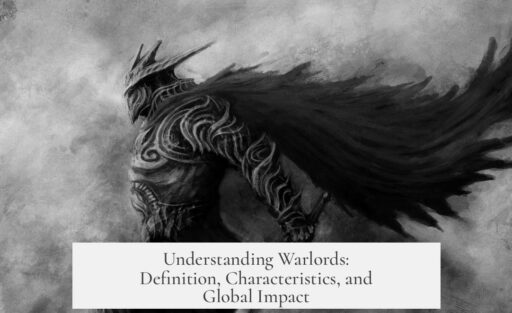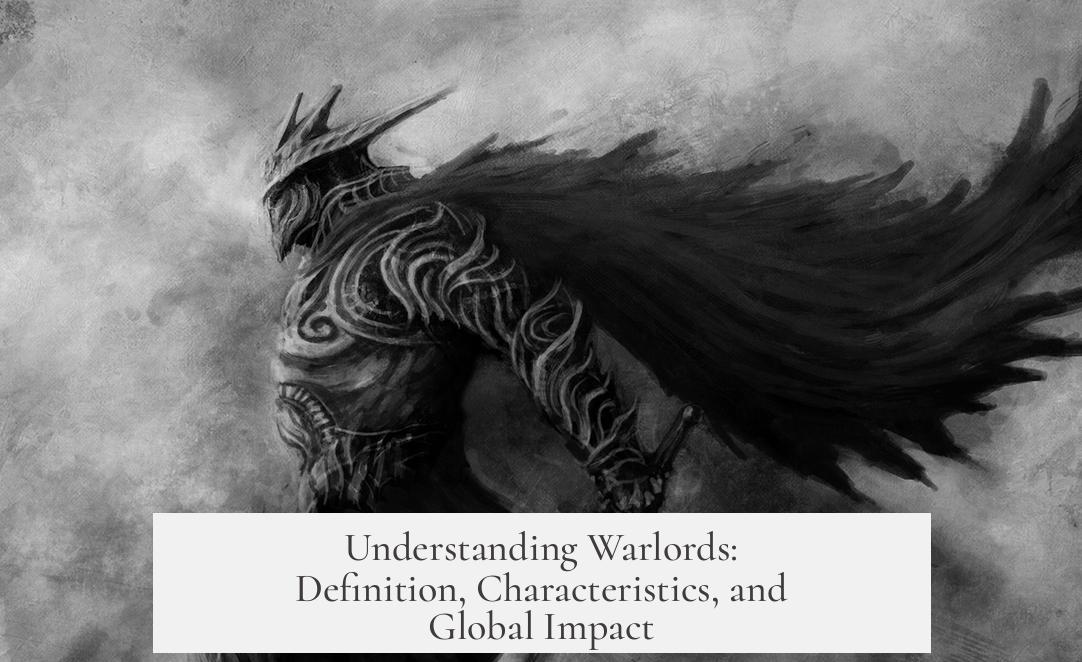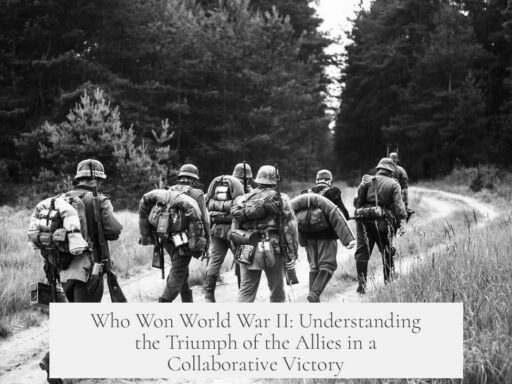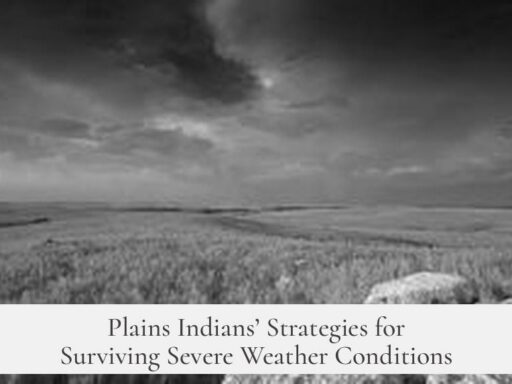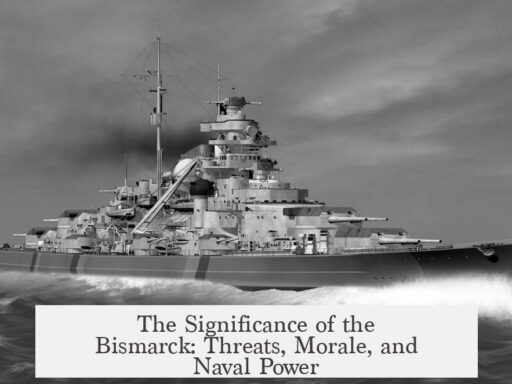A warlord is a military commander who wields power through personal control of armed men, operating outside of formal state military or governmental structures. Unlike official military leaders appointed by governments or kingdoms, warlords derive authority from the loyalty and strength of their own private forces.
The term usually applies in contexts where formal governance is weak or absent. This includes failed states, collapsed empires, or regions controlled by independent armed groups. Historical examples are Viking chiefs raiding England in the 9th century and Gothic leaders ruling parts of Italy after Rome’s fall. In contemporary times, some Libyan commanders rule territories without official state authorization since Gaddafi’s fall.
The defining characteristic of a warlord is that their power base is non-state and personal. These leaders command fighters who answer directly to them, not through formal military or legal hierarchies. This sets them apart from appointed generals and officers serving under recognized governmental authority.
The use of “warlord” can be subjective. Some prominent historical figures, like Alexander the Great, are seldom classified strictly as warlords. Alexander led a structured army under a formal kingship, though to outside perspectives, such as Persian aristocrats of his time, he may have appeared as a warlord-like invader. Thus, the word sometimes reflects political or cultural viewpoints rather than strict definitions.
In summary, warlords are non-state military leaders whose power arises from personal control over armed groups. They appear mainly in unstable or fragmented political situations. The term differs from official military command and may occasionally be used metaphorically or in critique.
- Warlords gain authority through personal command of armed followers.
- They operate outside formal state or military structures.
- Common in failed states, fallen empires, and tribal or raiding contexts.
- Examples include Vikings, post-Rome Goth leaders, and some Libyan commanders.
- The label is sometimes subjective or poetic, as with Alexander the Great.
What Is a Warlord, and Who Are Considered as Warlords?
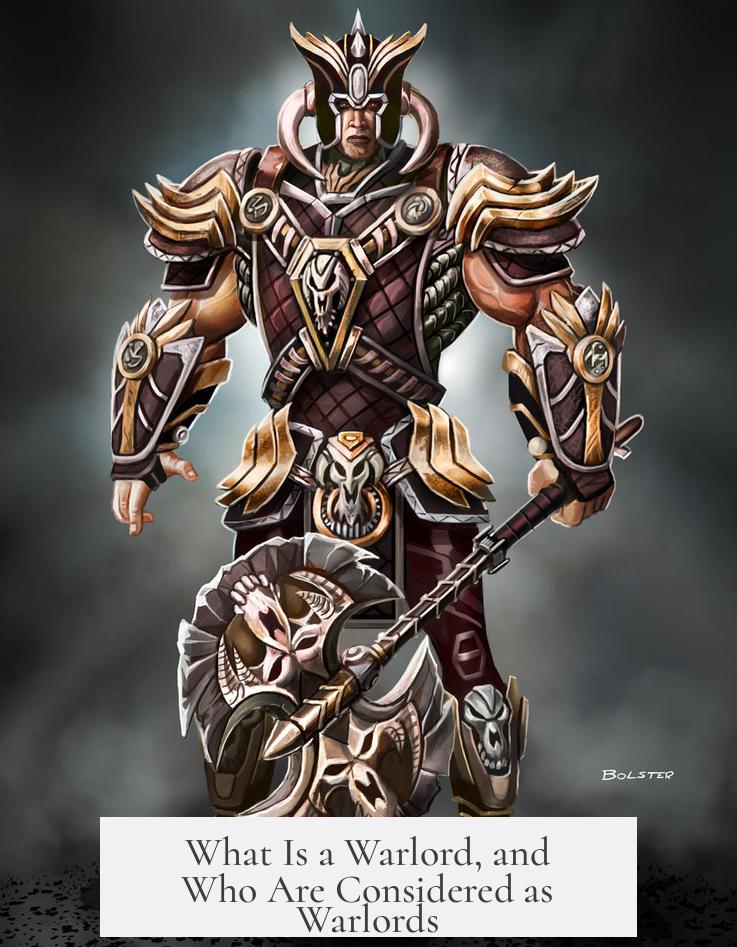
In simple terms, a warlord is a military leader who commands armed followers outside the usual government or military chain of command. They hold power not because the state officially appointed them but because people follow their personal leadership and armed strength.
Think about it—power usually comes from formal authority: governments, kings, empires. Warlords break this mold. Their power is raw, direct, and often comes from force rather than law. This distinction makes them fascinating characters in history and modern times alike.
Breaking Down the Definition: Why Does It Matter?
The term “warlord” often applies to military commanders whose authority stems from commanding a loyal force of armed men. This power isn’t granted by a government or a royal decree but is earned—or seized—through personal loyalty and force.
Imagine someone leading a group of fighters in a region where there’s little to no government control. Their authority is based on their ability to protect, intimidate, or dominate the area with their weapons and followers. This setup is what defines a warlord.
It’s crucial to remember that official military leaders with recognized ranks don’t fit this bill. A general appointed by a government doesn’t qualify as a warlord because their legitimacy comes from formal structures.
Where Do Warlords Usually Appear?
The term “warlord” often pops up in messy, unstable situations—think failed states, fallen empires, or chaotic regions lacking central authority. These are fertile grounds for warlords to rise.
- In 9th-century England, Viking commanders raided and ruled territories without any formal title from a kingdom.
- After the fall of the Roman Empire, Gothic band leaders controlled chunks of Italy without official endorsement.
- Even in modern times, post-Gaddafi Libya saw several commanders unofficially running areas on their own terms.
By contrast, the official soldiers of a king or government fighting these groups generally wouldn’t be called warlords. Their authority is recognized and legitimate within state structures.
Non-State Actors: The Core of What Makes a Warlord
What really sets warlords apart is their independence from official governments or armies.
A warlord commands men loyal only to them, not to a country or an institution. This rebellion against formal control makes the term “warlord” stick. Their power is personal, not institutional.
And that’s why in many cases, warlords are both feared and ambiguous figures. They’re leaders, but not in the official sense. Their grip is often tenuous, held together by force and allegiance rather than law.
The Fuzzy Line: Can a King or Great General Be Called a Warlord?
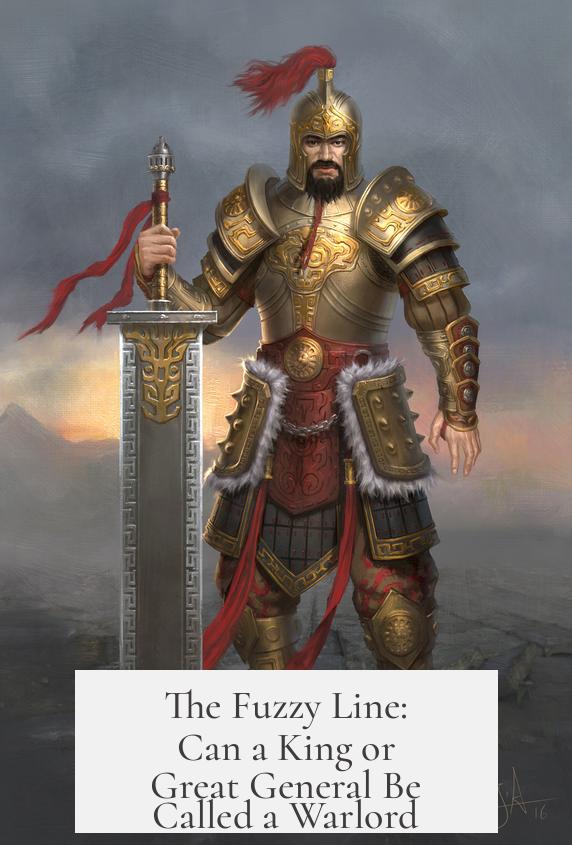
Here’s where things get spicy: sometimes the term “warlord” slips into poetic or metaphorical usage. Take Alexander the Great, for example.
He was a crowned king leading a highly organized and sophisticated army. Most historians wouldn’t call him a warlord. He’s better known as a brilliant general or a warrior king.
However, from the viewpoint of those he conquered—say, Persian aristocrats—Alexander might have looked like a barbarian warlord, a fierce outsider whose power came only through his armed men, not through any local legitimacy.
This flip in perspective shows how the label “warlord” can sometimes depend on who’s telling the story.
Why Should You Care About Warlords?
Warlords shape history and current events. Understanding what a warlord is helps us grasp why some regions stay unstable for decades.
If you’re looking at conflict zones, spotting a warlord often explains why states fail to regain control. These leaders don’t follow laws or treaties. They rule by force and loyalty, complicating peace efforts.
For example, in failed states, warlords can fill power vacuums, keeping order or causing chaos. Recognizing their role is key for diplomats, peacekeepers, and anyone wanting to understand modern conflict.
How to Spot a Warlord in Today’s World?
If you’ll excuse the detective work, here’s a quick checklist:
- Commands an armed group not officially linked to a government or military.
- Holds power based on personal loyalty and force.
- Controls territory without recognized state authority.
- Often rises amid political chaos or societal collapse.
Examples today might include militia leaders in war-torn countries or regional commanders in weak states.
In Conclusion: Warlords Are More Than Just Fighters
They’re a phenomenon where power sidesteps official channels. People call someone a warlord because their authority comes directly from their grip on armed force, not government sanction.
Whether Viking raider, Gothic chieftain, or modern militia leader, warlords dominate situations where official structures break down.
And yes, sometimes powerful leaders get painted as warlords depending on perspective and poetic license. But at the heart of it, a warlord is a leader wielding power outside formal systems, governed by loyalty and force, not laws and titles.
So next time you hear about a warlord, you’ll know what’s under the surface—a complex blend of power, chaos, and allegiance—ripping through the neat illusion of official control.
